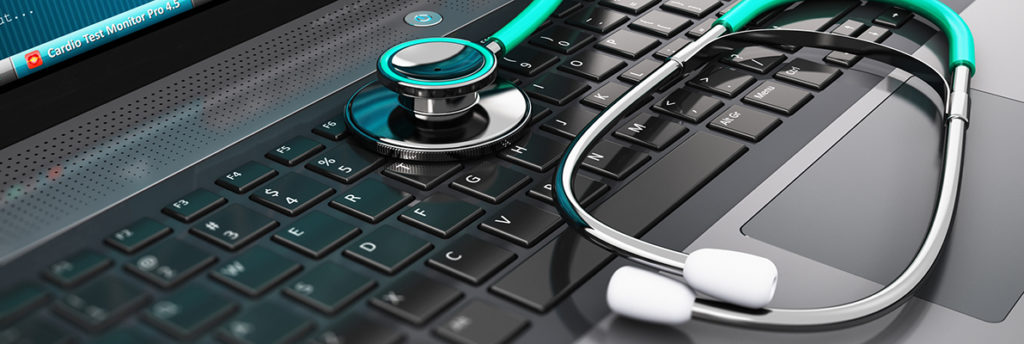Your computer isn’t one of them.
Have you ever sat down at your computer and been forced to wait what feels like ages for it to get from starting up to actually letting you see your desktop? Ever clicked on a program and gotten annoyed by how long it takes to actually start and let you get to work, or tried to play a game that leaves you staring at a loading screen half the time? If you’ve been annoyed by any of those things, it may be time to think about upgrading to a Solid State Drive.
What is an SSD?
A relatively new addition to the personal computer scene, the Solid State Drive (or SSD, for short) is a tremendous improvement on the hard drives that PCs have been using since the 1980s. The standard, bulky hard drive is actually a magnetic platter that spins around when it’s being read or written to, kind of like a high-capacity CD inside a metal shell. It gets the job done, but its constant movement makes it far from silent, and even worse, it’s prone to failure as parts inside it start to break down due to wear and tear. One day, you might boot up your old computer only to find the hard drive has failed, and if it does, recovering the data may be time consuming and expensive, if it’s even possible. (We can help, if needed, with data recovery.)
Why are they better?
Upgrading to an SSD will take care of all of these problems right out of the box. Instead of using a metal disc to store its data, an SSD is made up of interconnected computer chips that store data in a way that is easily accessible to the rest of your computer. No moving parts. This results in a silent drive that won’t break down nearly so easily as a platter drive, but that’s not all. In addition to being physically sound, an SSD’s speed is out of this world. We’re talking Ford Pinto vs a Maserati. It’s a real difference.
When a mechanical platter hard drive is told to load something, it has to find it first. The disc has to spin, the reader arm has to move into place before it can do anything. Disc fragmentation occurs when large files have to be broken up into smaller pieces and stored in multiple places on the drive, making things even slower. Meanwhile, an SSD can instantly load any data on it at any time, and it automatically moves data around to keep every file intact. A switch from a hard drive to an SSD will have you seeing your operating system starting within seconds, programs that appear as soon as you click on them, and game load times that are over in a snap.
Even if you don’t want to throw out your old drive, there are still reasons to get an SSD. Most desktop computers are built to easily handle having multiple storage devices installed inside, you won’t have to wipe out your files and start over from scratch at all. By simply moving your files over and reinstalling programs that you want to go faster on your new drive, they will gain the speed boost that comes from using an SSD without the hassle of needing to backup and restore a thing, all while freeing up extra space on your old drive for even more storage.
Or, in a laptop, we can “clone” (make an exact duplicate) the existing drive onto an SSD and put that in the mechanical drive’s place. It’ll be like a new computer.
If you’re thinking about buying a new PC or upgrading your old one with an SSD, we here at Patient Computer Help are here to provide you with all the help you need. We will provide expert assistance with picking out the right drive for your needs and safely installing your new hardware to get you back out there and working faster than ever.
If you have any questions regarding Solid State Drives, contact Patient Computer Help.










